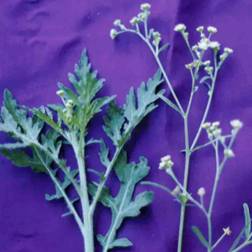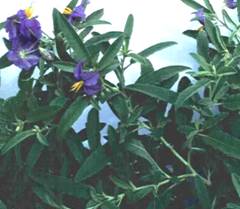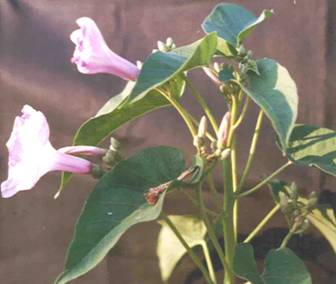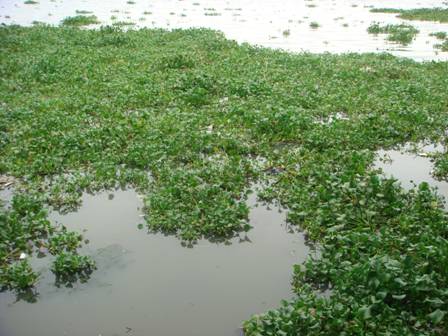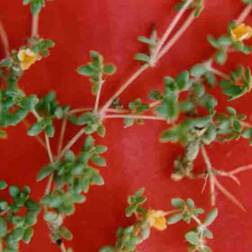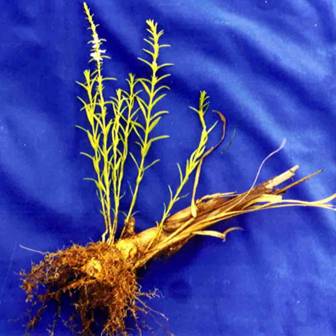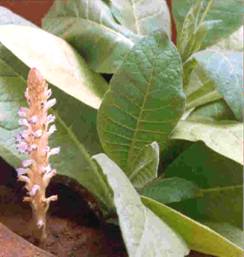
|
||||||||||||||||||||||||||||||||||||||||||
| Home | Seasons & Varieties | Tillage | Nutrient Mgmnt | Irrigation Mgmnt | Weed Mgmnt | Crop Protection | Cost of Cultivation | Photobank | ||||||||||||||||||||||||||||||||||||||||||
Weed Management :: Problem and Parasitic Weed Management |
||||||||||||||||||||||||||||||||||||||||||
Management of Problem, Perennial And Parasitic Weeds
|
||||||||||||||||||||||||||||||||||||||||||
| Image Source: -- www.agritech.tnau.ac.in -- Dr.R.Jagannathan, Professor of Agronomy, TNAU, Coimbatore-3. |
||||||||||||||||||||||||||||||||||||||||||
| Home | Seasons & Varieties | Tillage | Nutrient Management | Irrigation Management | Weed Management | Crop Protection | Cost of Cultivation | © All Rights Reserved. TNAU-2016. |
||||||||||||||||||||||||||||||||||||||||||

